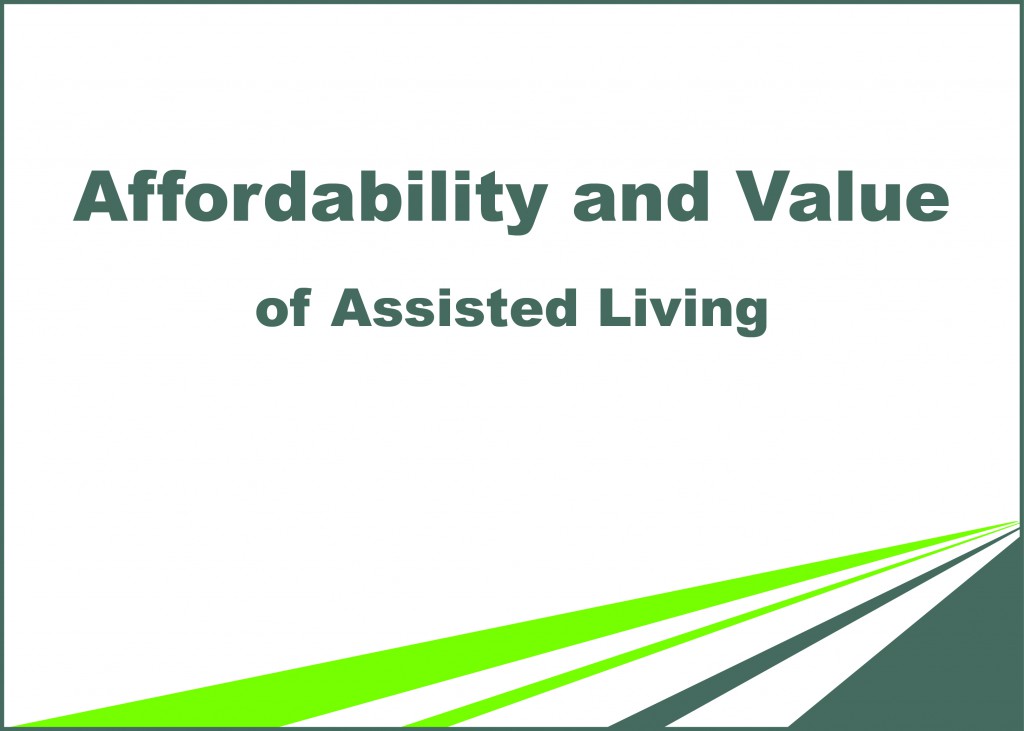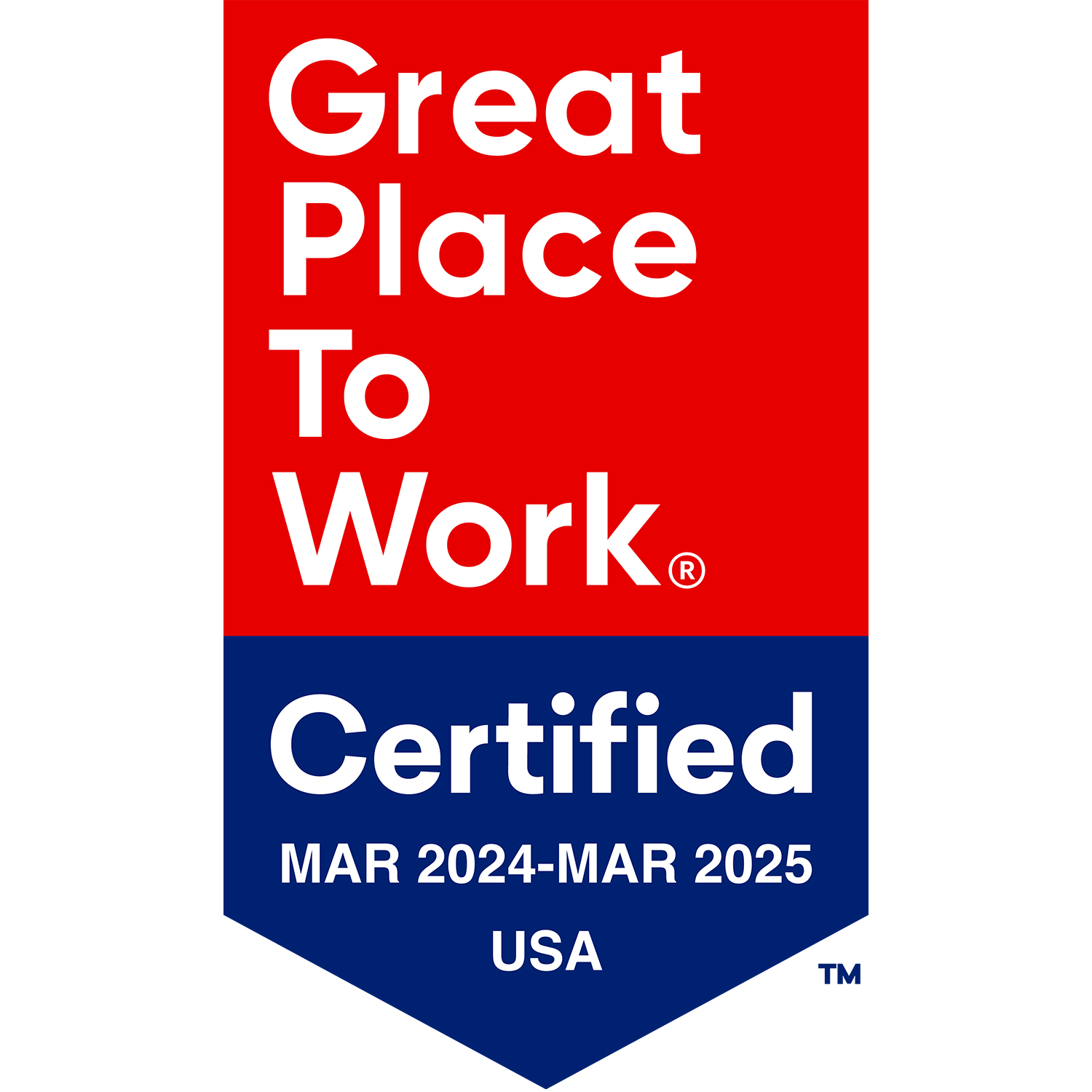One of the first questions that I am so often asked by individuals looking into assisted living for themselves or a loved one is how much does your community charge? How much does it cost?
People are concerned about whether they can afford the price. They also are concerned about value.
The Genworth 2015 Cost of Care Survey of home care, adult day care, and assisted living and nursing home providers has some great insights in this regard.
The Genworth report is based on data collected from more than 42,000 providers located throughout the country.
The report notes that more than seven out of every ten people in the United States age 65 or older will require some form of long-term care support or services during their lifetime. The estimate comes from the 2015 Medicare and You handbook published by the Centers for Medicare and Medicaid (CMS).
When it comes to who is responsible for paying for long-term care support and services, don’t look to Medicare or to Medicare Supplemental Insurance Plans. As it says on Page 151 of the 2016 Medicare Handbook, Medicare and most health insurance plans do not pay for long-term care. This includes most stays in a nursing home.
Paying for the cost of care is your responsibility.
The Genworth report provides a breakdown of the costs of various long-term care services on a national, state-by-state, and regional areas within a state basis. The report looks at the following:
- Homemaker Service, which is defined as “hands-off” care such as cooking, cleaning and running errands that cannot be managed by an individual alone.
- Home Health Care, which is defined as “hands-on” personal care provided by a licensed non-Medicare certified home health agency.
- Adult Day Care, which is defined as social and support services that are provided in a community setting. Some of the adult day programs may include personal care and medical management services, transportation and meals.
- Assisted Living, which is defined as a residential living arrangement in which personal care and other health services are provided.
- Nursing Homes, which often encompasses a higher level of supervision and care than available at assisted living communities.
Value
Based on the information contained in the report, let me address the value of assisted living first.
The report indicates that the annual cost for assisted living nationally is less than the average cost for home maker services, home health aide services and nursing homes.
Here is a cost comparison:
Homemaker Services: $44,616
Home Health Aide Services: $45,760
Assisted Living – One Bedroom Apartment: $43,200
Nursing Home Care – Semi-Private Room: $80,300
Nursing Home Care – Private Room: $91,250
If one were to assume that an individual needs four hours of homemaker or home health aide service Monday through Friday, the annual cost would be $20,800 (4 hours per day times 5 days per week times 52 weeks times $20 per hour).The costs for homemaker and home health aide services are based on the national average hourly rate of $20 multiplied by 44 hours per week times 52 weeks in a year. Forty-four hours a week equates to a little more than 6 hours of service a day, seven days a week.
To be sure that you are comparing apples to apples, keep in mind that the costs for homemaker and home health aide services are in addition to all of the other costs associated with living in a home, apartment, condominium or townhome. You still have to pay rent or make whatever mortgage payments you may have left and pay for property taxes, homeowner’s insurance, repairs and maintenance. You also still have to buy food and pay for utilities.
The cost of assisted living includes rent, meals, heat and air conditioning. It also includes the cost of an emergency alert system.
Don’t get me wrong, homemaker and home health aide services certainly are wonderful options. The costs can vary widely depending on the type and frequency of services that are needed, how much assistance can be provided by family members and where you live.
At the same time, the report shows what a great value assisted living can be.
Affordability
When it comes to paying for assisted living, if and when needed, the Genworth Report cites several “lesser known funding solutions” in addition to the more common ways of making up any gap there might be between the cost of assisted living and a person’s income.
The more common ways include using savings, investments and the proceeds from the sale of a home and receiving financial assistance from family.
The lesser known benefits include tapping into veterans benefits and into long-term care and life insurance policies.
Veterans Benefits
Wartime veterans who need assistance with at least two activities of daily living may qualify for special pension benefits through a program called Aid & Attendance that can help pay for the cost of assisted living. Surviving spouses of wartime veterans also may be able to benefit from the program.
There are income and asset requirements, but often there is confusion about the criteria.
From the standpoint of income, you can deduct the entire cost of assisted living along with any Medicare and medical insurance premiums so long as you meet certain requirements.
From the standpoint of assets, the report says, your home and your car are excluded. If they total more than $80,000, you are not automatically disqualified. What is required is further analysis by the VA.
Depending on your income and assets, you may not qualify for full benefits but may qualify for a partial award.
Long-Term Care Insurance
Many long-term care insurance policies include coverage for home care, adult day care and assisted living in addition to nursing home care.
If you have long-term care insurance, check your policy to see what is covered, does coverage start the first day you begin receiving the service or move to assisted living or a nursing home or do you have to be living in assisted living or the nursing home for 30, 60 or 90 days before the coverage kicks in, what is the daily benefit, and for how long are you covered.
Life Insurance
Another option suggested in the report to help cover the cost of assisted living and other long-term care services is to convert a life insurance policy into a pre-paid Long-Term Care Benefit Plan. Under this arrangement, monthly benefits are paid on your behalf to the provider of choice. The payments, the report says, are tax free.
For more information, I encourage you to read the full report here.






